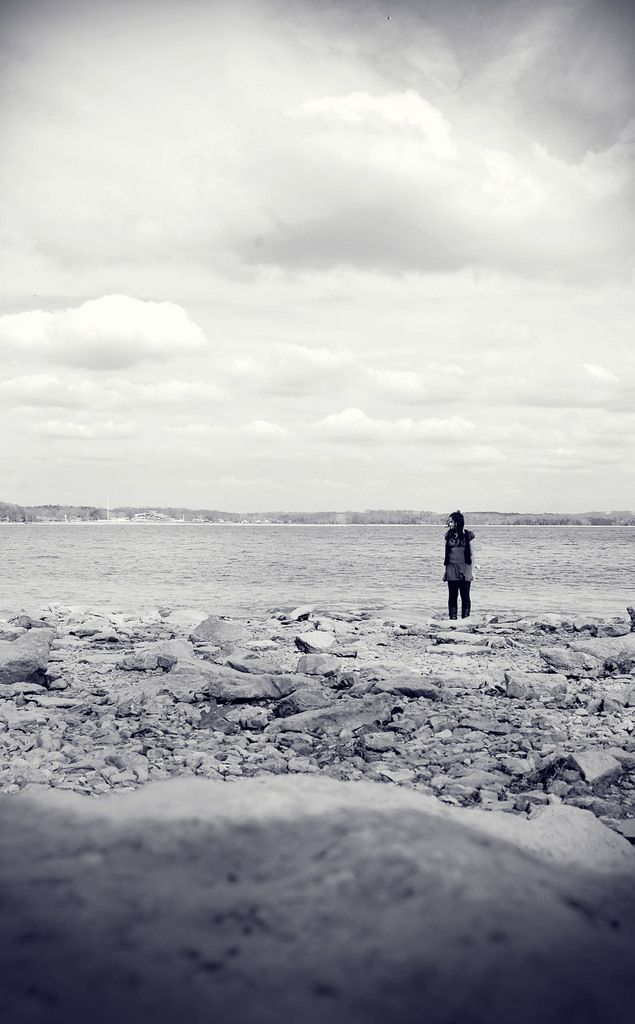Distinguishing Age Spots from Skin Cancer: Recognizing the Differences
As you age, you might notice some changes in your skin, such as the appearance of age spots. These patches, also known as solar lentigines or liver spots, are harmless and orignate from increased melanin production due to sun exposure. However, they can sometimes look similar to skin cancer. Understanding the differences between age spots and skin cancer can help identify when medical attention is necessary. Here, we'll go over the key differences, symptoms, diagnosis, and treatments for both conditions.
What separates age spots and skin cancer?
Unlike skin cancer, age spots are benign and don't require treatment. Skin cancer, on the other hand, can be fatal if left untreated. Age spots tend to look flat, smooth, and uniform in color, with well-defined edges and usually appear on sun-exposed areas like hands, face, chest, and shoulders [1][5]. Actinic keratosis, a precancerous condition, may appear similar to age spots but is scaly, rough, and can be red, pink, or skin-colored.
Age Spots vs. Actinic Keratosis vs. Skin Cancer
Age Spots
- Uniform in color (brown, tan, or black)
- Flat, smooth, and well-defined
- Typically occur in people aged 40 and above due to cumulative sun exposure and aging
Actinic Keratosis
- Scaly, rough patches on the skin, less defined than age spots
- May be lighter or more diffuse than age spots and tend to develop earlier due to sun damage
- Considered precancerous and a warning sign of sun damage
Skin Cancer
- Can vary widely depending on type (basal cell carcinoma, squamous cell carcinoma, melanoma)
- May present as a sore that doesn’t heal, a scaly or crusty spot, a mole or birthmark that changes in size, color, or shape, or a new shiny, pearly growth
- Colors can include various shades of brown, black, red, purple, white, or blue and tend to be irregular in shape and border
Symptoms
Age Spots
- Typically asymptomatic: no pain, itching, or crusting
Actinic Keratosis
- May be rough, scaly, or crusty; can occasionally be itchy or tender
- Usually not painful but should be monitored as it can progress to skin cancer
Skin Cancer
- Symptoms include non-healing sores, bleeding, crusting, itching, or pain
- Lesions may grow, change color, shape, or texture, and sometimes bleed or ulcerate
Treatment
Age Spots
- Generally benign and treated for cosmetic reasons only
- Treatments include topical bleaching agents, laser therapy, chemical peels, and sun protection to prevent further spots [1][5]
Actinic Keratosis
- Requires treatment due to potential to progress to squamous cell carcinoma
- Treatments include cryotherapy (freezing), topical medications (5-fluorouracil, imiquimod), photodynamic therapy, or laser treatment [2][3]
Skin Cancer
- Treatment depends on type and stage, ranging from surgical excision, Mohs micrographic surgery, radiation therapy, topical treatments, to systemic therapies for advanced cases
- Early detection and treatment lead to high cure rates, emphasizing the importance of dermatologist evaluation for suspicious lesions
When to Contact a Doctor
Contact a doctor if you notice any changes in your skin that are not typical for you, especially:
- A new mole, sore, or spot that doesn't heal
- A mole, sore, or spot that changes in color, shape, size, or location
- A spot that itches, crusts, scabs over, or bleeds and does not heal within 4 weeks
Keep in mind that regular sun protection, such as using SPF, wearing protective clothing, and limiting sun exposure can reduce your risk of both age spots and skin cancer.
[1] alabrusci.md/age-spots/[2] byrdie.com/skin-cancer-prevention-4448955[3] americanacademyofdermatology.org/…/actinic-keratosis-treated-early[4] webmd.com/skin-problems-and-treatments/skin-cancer/skin-cancer-early-detection[5] cancer.org/cancer/skincancer-basalcell/causes-risks-prevention/prevention.html
- While age spots are essentially harmless and primarily cosmetic concerns, skin cancer can be life-threatening if left untreated.
- Actinic keratosis, a precancerous condition, shares some similarities with age spots, but it appears rougher, scaly, and can be itchy or tender.
- Dermatologists play a crucial role in the early detection of skin cancer, as those diagnosed early have a high cure rate.
- To minimize the risk of both age spots and skin cancer, adhering to good skin-care practices such as sun protection, wearing protective clothing, and limiting sun exposure is advisable.
- In the event of any unusual changes in one's skin, like new moles, sores, or spots not healing, it is recommended to consult a medical professional immediately, as these can be indicators of various health-and-wellness conditions related to oncology, dermatology, and skin-care.








